Politics

Battle of the Pyramids
After a six–week journey from France, the army of some 38,000 arrived in Egypt. The French stormed and took Alexandria first, then moved up the Nile toward Cairo.

Costumes of the Council of Five Hundred
In this bicameral legislature, the smaller of the two councils (the Elders with 250 members) had to pass all the legislation, while the Five Hundred could initiate legislation. The revolutionaries decided on the division of authority.
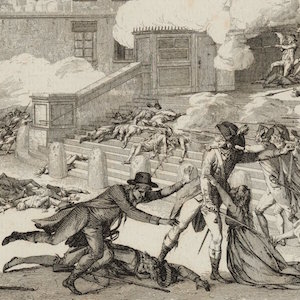
Day of 13 Vendemaire of the Year 4
In the waning days of the Convention in the fall of 1795, royalist–influenced sections of Paris revolted to prevent the adoption of a new constitution that protected the position of the radicals. Bonaparte was delegated to put down the uprising of 5 October 1795 (13 Vendémiaire Year IV).

Destruction of the French Colossus
This hand–colored engraving, published in late 1798, depicts a Hercules representing France being decapitated by a lighting bolt in divine retribution for the executions by guillotine and for the attempt to create "Fraternity" and a "Religion of Nature" to replace the Christian love of God.
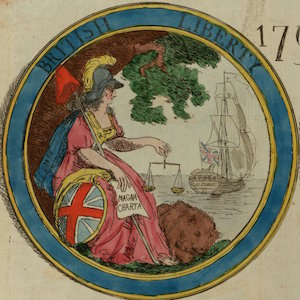
The Contrast, 1793 British Liberty/French Liberty
In this color print from 1793, the height of the Terror, two circular drawings appear next to each other, contrasting two types of liberty. English liberty exists, as the figure suggests, but based on the Magna Carta, calm prevails.
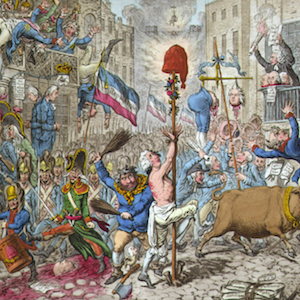
Promised Horrors of the French Invasion
This highly sophisticated political cartoon by the noted engraver James Gillray from October 1796 responds to Edmund Burke’s pamphlet, "Reflections on a Regicide Peace." This image argues against further war with France to avoid bankrupting the British treasury and exposing England itself to inva
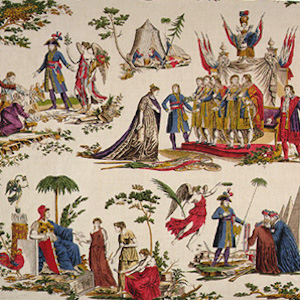
Printed Cloth of the Directory and Napoleon
This image presents an idealized version of Napoleon during the Directory, especially his intellectual contributions. In the upper right corner he appears before the Directory.
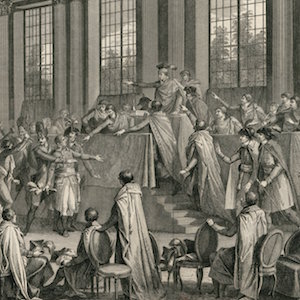
Day of Saint-Cloud
The problems of the revolutionary government had so intensified that the two leaders, Abbé Sieyès and Roger Ducos, plotted to overthrow it with the help of the most famous military man of the day. But the legislative body, particularly the lower house, proved resistant.
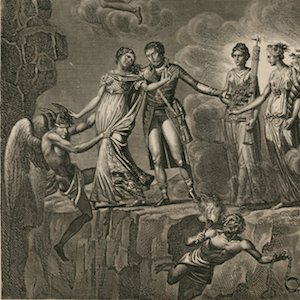
The Saving of France
In this propagandistic allegorical engraving, Napoleon saves the female figure of France from the abyss to which she has been led by "revolutionary fanaticism." The figure of fanaticism is armed to the teeth with "the daggers of party spirit" and holds in one hand the chains of slavery and in the

Scene of Directory Life, Men and Women from L’Optique du Jour
After Jacobin control faded, with its repression of exuberant social life as well as political diversity, the following years saw a rebirth of open pleasures. This image focuses on fashionable men and women enjoying the good life.